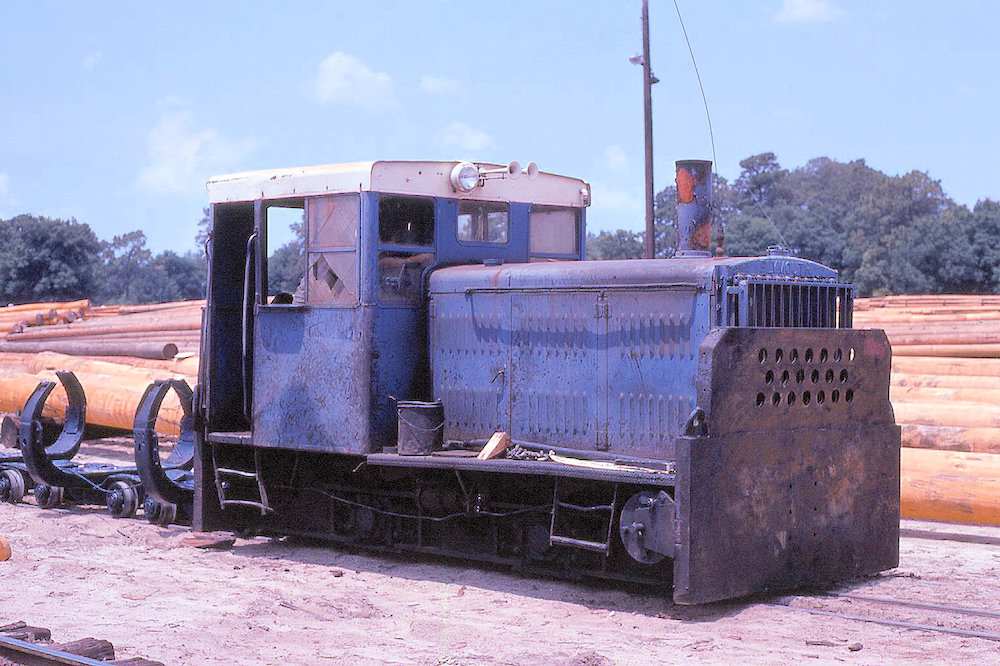Brand "X" Pre-1940 Diesel Locomotives |
|||
|---|---|---|---|
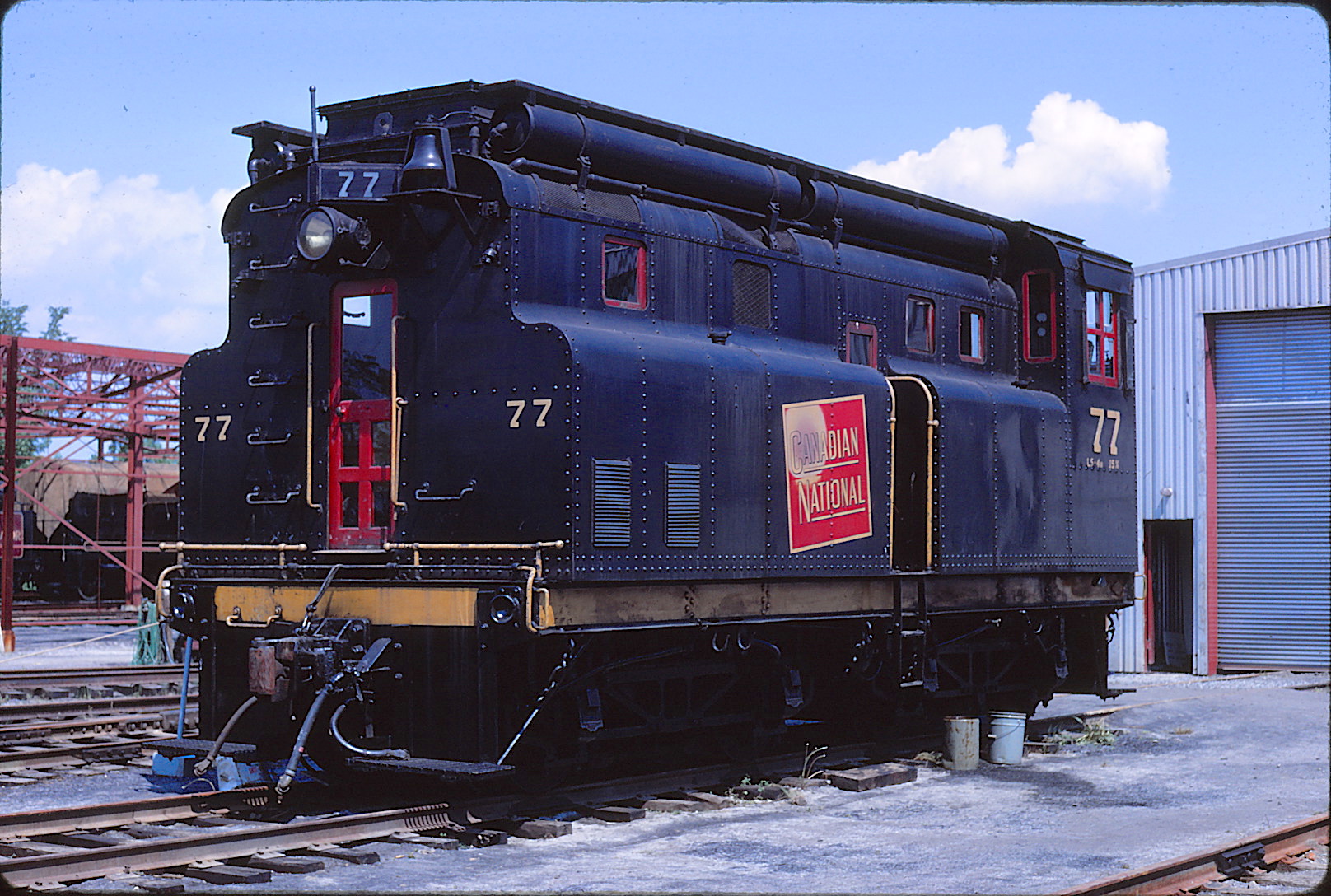 Canadian National #77 - WEMCO "Visibility Cab" on 4 June 1968 (D.W. Hately photo **) |
|||
|
Yard and industrial locomotives prior to mid 1930s were often large boxy creatures built on I-Beam frames and featuring big radiator areas. Some of the locomotive models in this group actually began as electric streetcars, which had been converted to diesel electric, oil electric or gas-powered contraptions in the late 1920s; it was long before streamlining had become a common practice. Depending on the manufacturer's design parameters, the early steam locomotive replacements were driven often by multiple power plants. Initially, these ungainly looking locomotives were custom-built in very limited quantities. As demand for the early machines grew, the models shrank in size and standardization became the norm, along with a modest degree of styling. Although a few of the the early locomotive builders had exited the market by the end of WWII, it was plainly evident that Rudolf Diesel's internal-combustion engine was revolutionizing the locomotive industry. | |||
Spotting Features |
|||
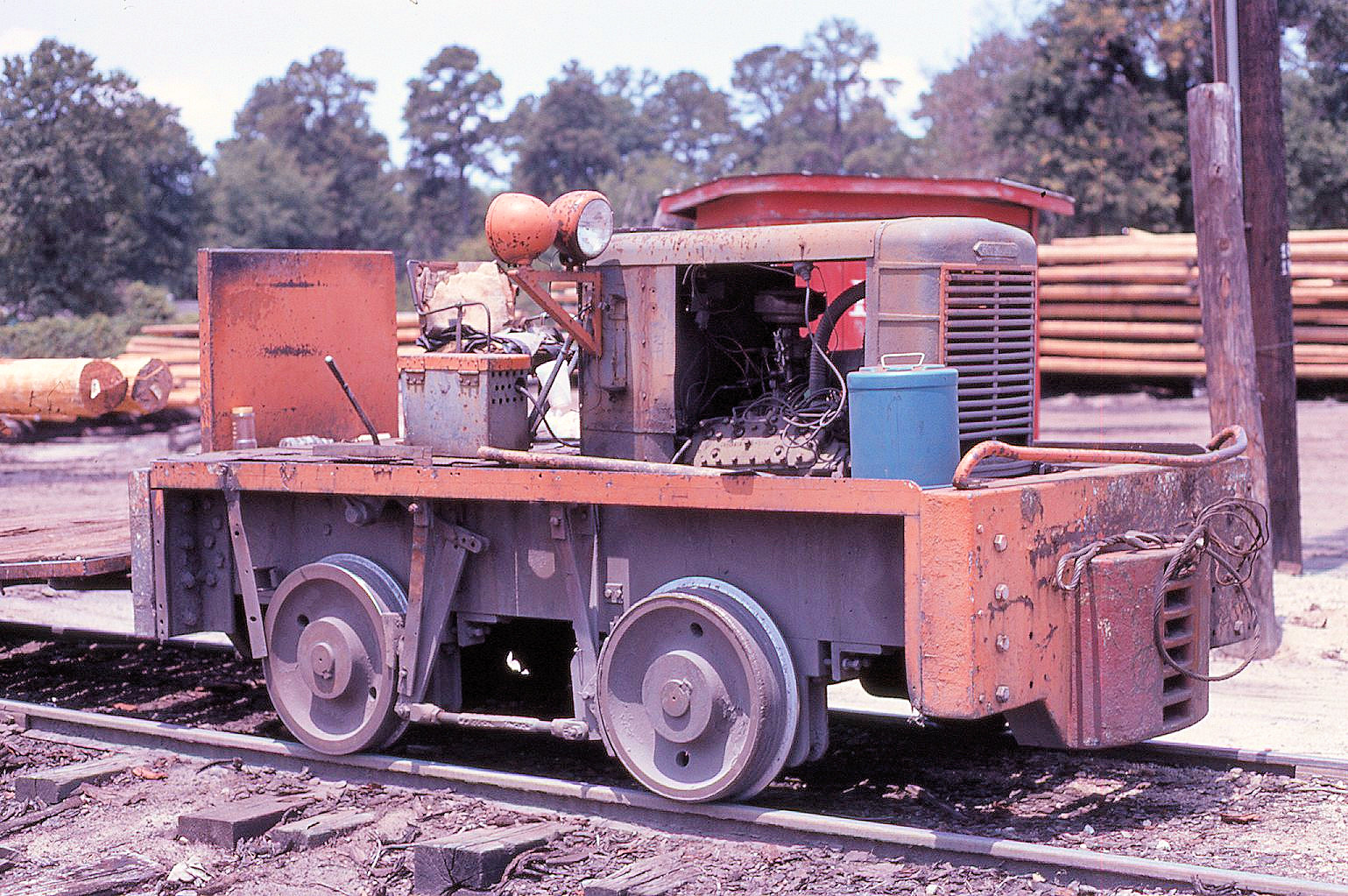
Koppers no # Larry Dilts photo **Blank |
Brookville Mining Equipment (Gas-Powered)
|
||
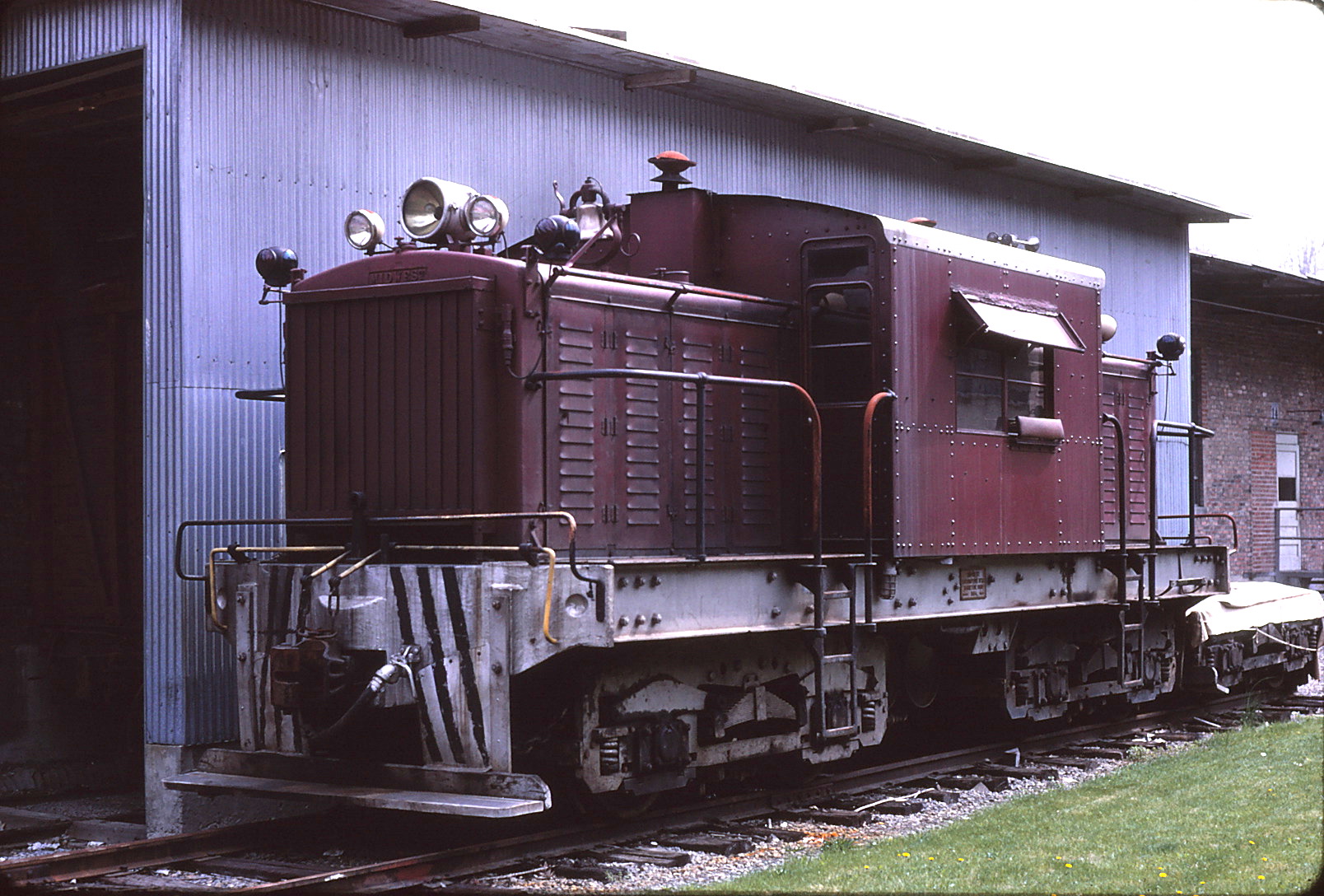
Brown Company no # George Turnbull photo **Blank |
Midwest Locomotive Work (Gas-Electric)
|
||
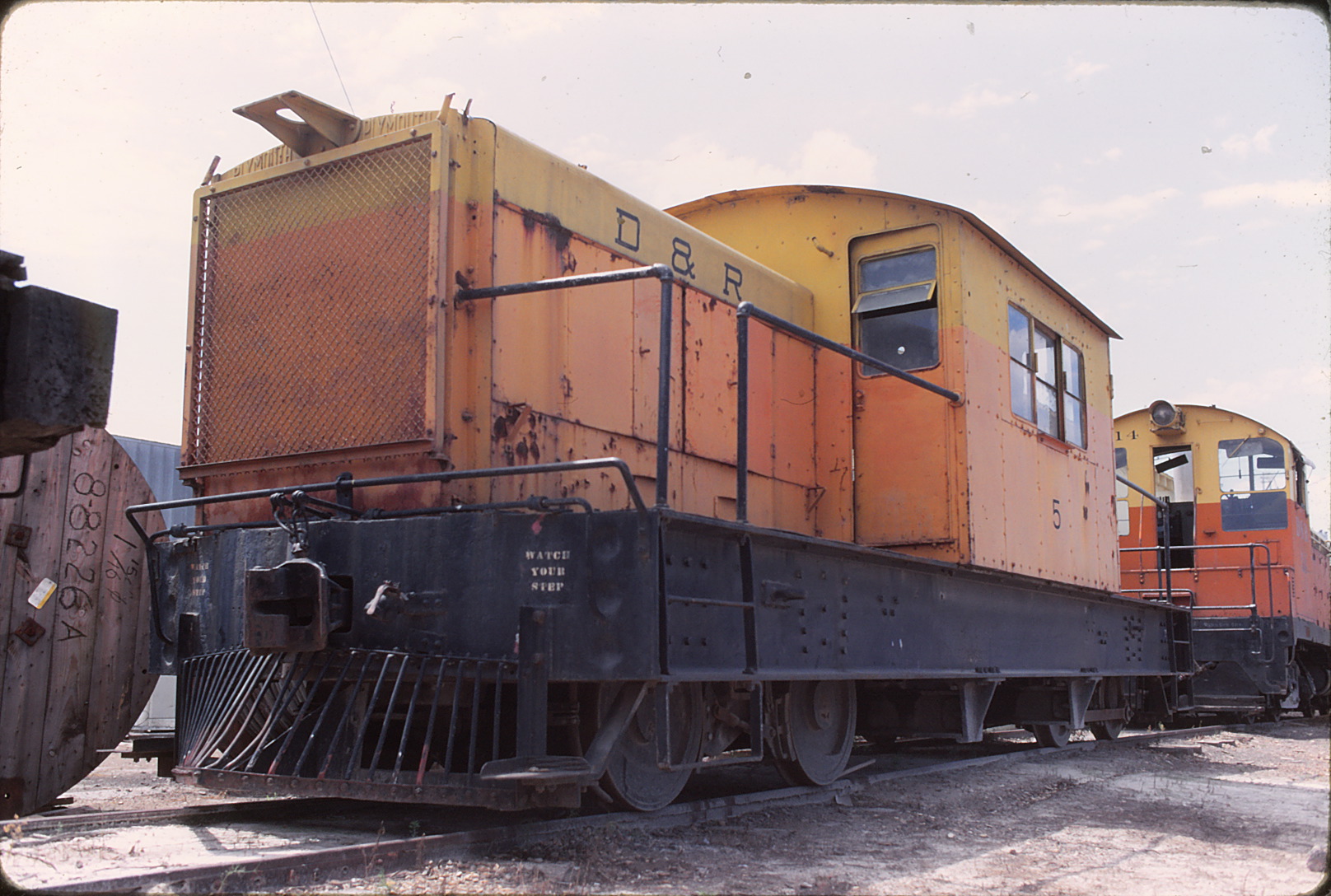
Dardanelle & Russellville #5 Ray Mueller photo
Koppers no# Larry Dilts photo |
Plymouth XL
Plymouth JDT (36" gauge shown here)
|
||
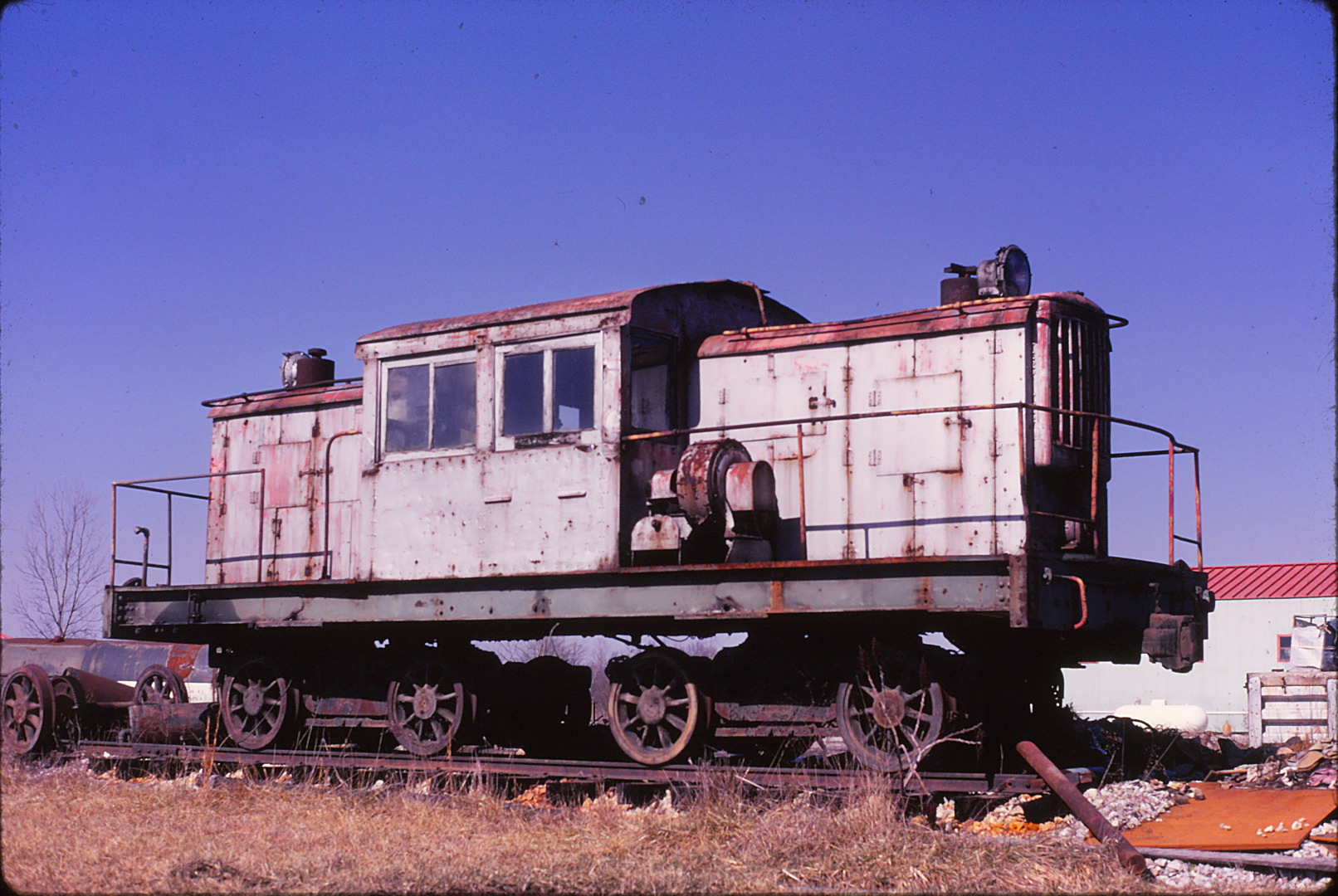
Yankeetown Dock Co. no # Paul Hunnell photo ** |
Porter (Gas powered)
|
||

British Columbia Forest Products #1 Doug Cummings photo **Blank |
Skagit Steel
|
||
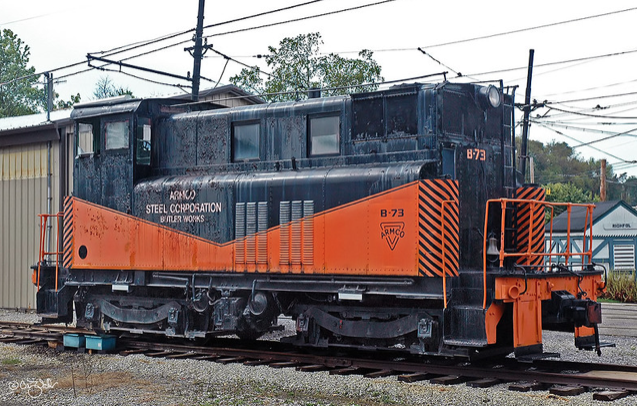
ARMCO Steel at Washington, PA on 25 September 2009Blank |
Westinghouse Electric "Visibility Cab"
|
||
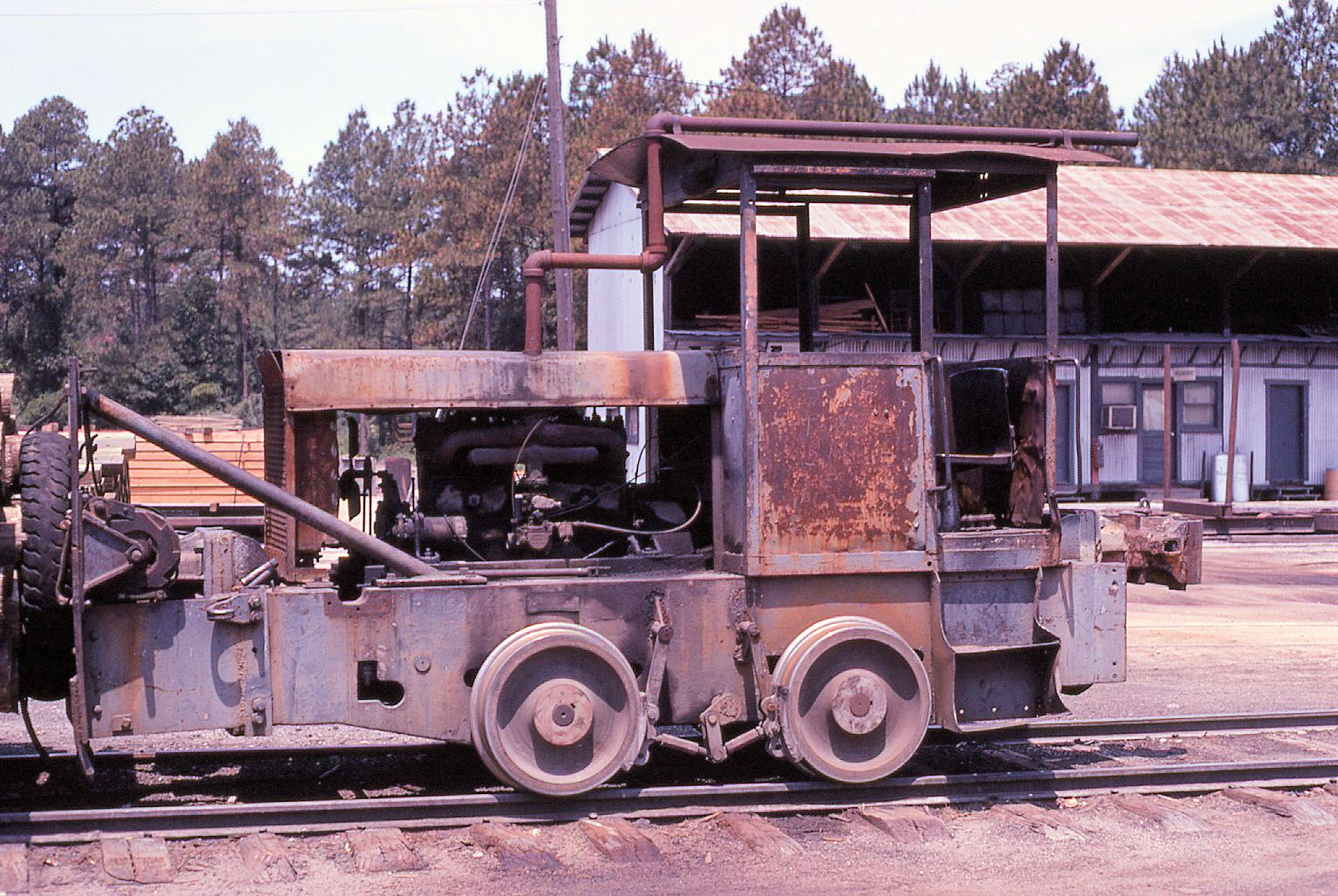
Koppers no # Larry Dilts photo **Blank |
Whitcomb Locomotive Co, (Gas-Powered)
|
||
** Photo from R. Craig collection
| |||
| Formatted by: R.Craig
New: 2 February 2020
|
|||
